Helping Emerging Pharma Succeed in Combination Product Development
Whether you’re developing a new drug, biologic or gene/cell therapy, compliantly incorporating the device constituent into a combination product can feel overwhelming and confusing for emerging pharma companies. From selecting the device to defining the regulatory strategy, or figuring out what to test and include in the regulatory submission, EdgeOne Medical is here to support you. With personalized guidance throughout the drug development process, we’ll remove the mystique and navigate the pathway to a compliant development program and successful submission.
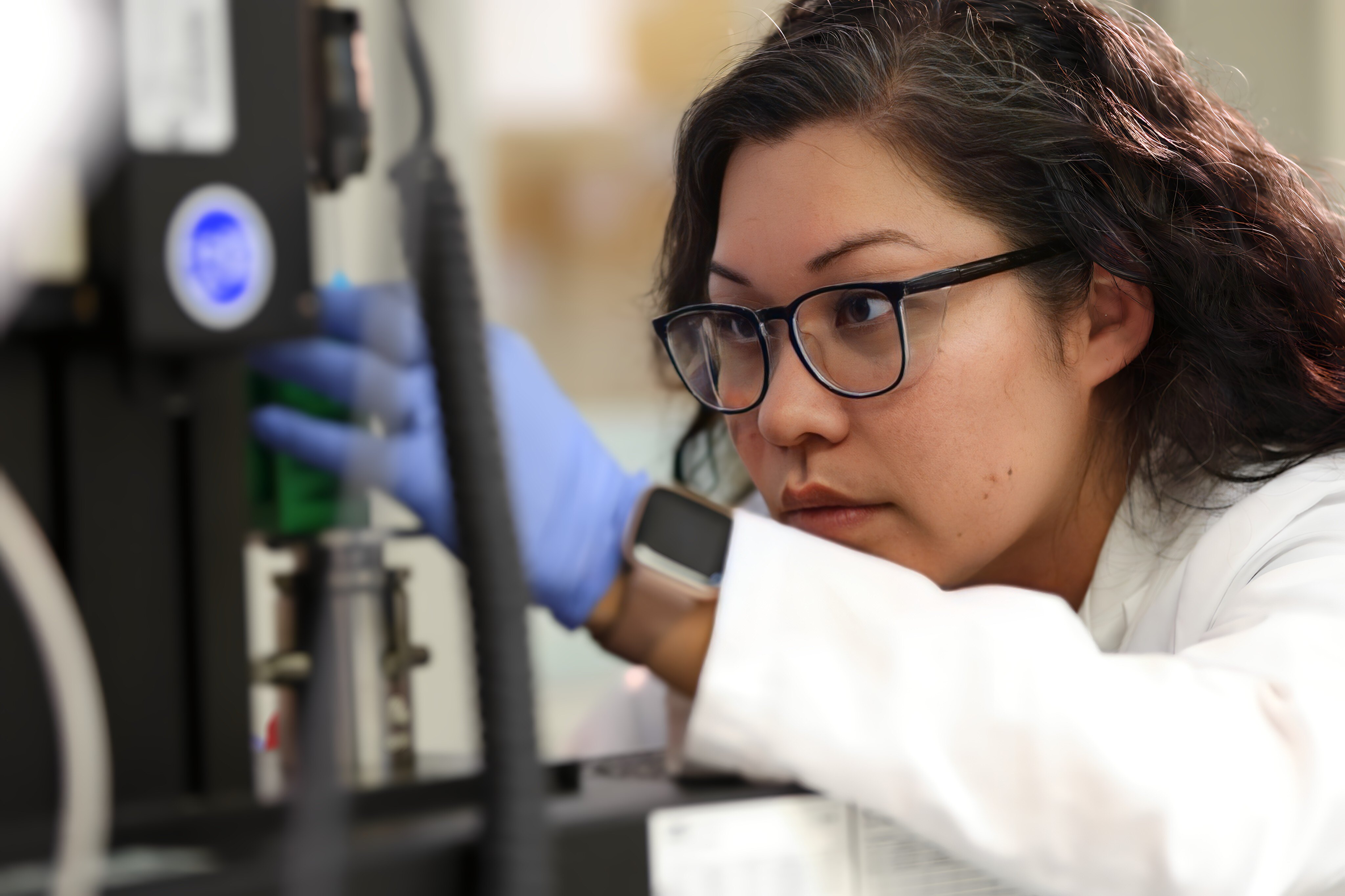
Proven Partner for Device Development
For the right reasons, Emerging Pharma companies are focused on the drug, leaving them with limited, internal device expertise. EdgeOne Medical has a proven track record of successfully leading and developing compliant programs for Emerging Pharma, ultimately paving the way for successful acquisition by Big Pharma.
EdgeOne Medical has experience with the most common configurations of devices used by Emerging Pharma, and we can seamlessly step in to lead and deliver a compliant program.
Removing Barriers to Device Progress
When engaging with our emerging pharma clients, the main challenges keeping them from making forward progress on the device constituent are :
- Lack of a QMS compliant to device regulations
- Lack of a drug phase appropriate device strategy
- Limited in-house device expertise and bandwidth
The good news: these aren’t challenges for EdgeOne Medical! We exist to address and manage these issues….and much more!
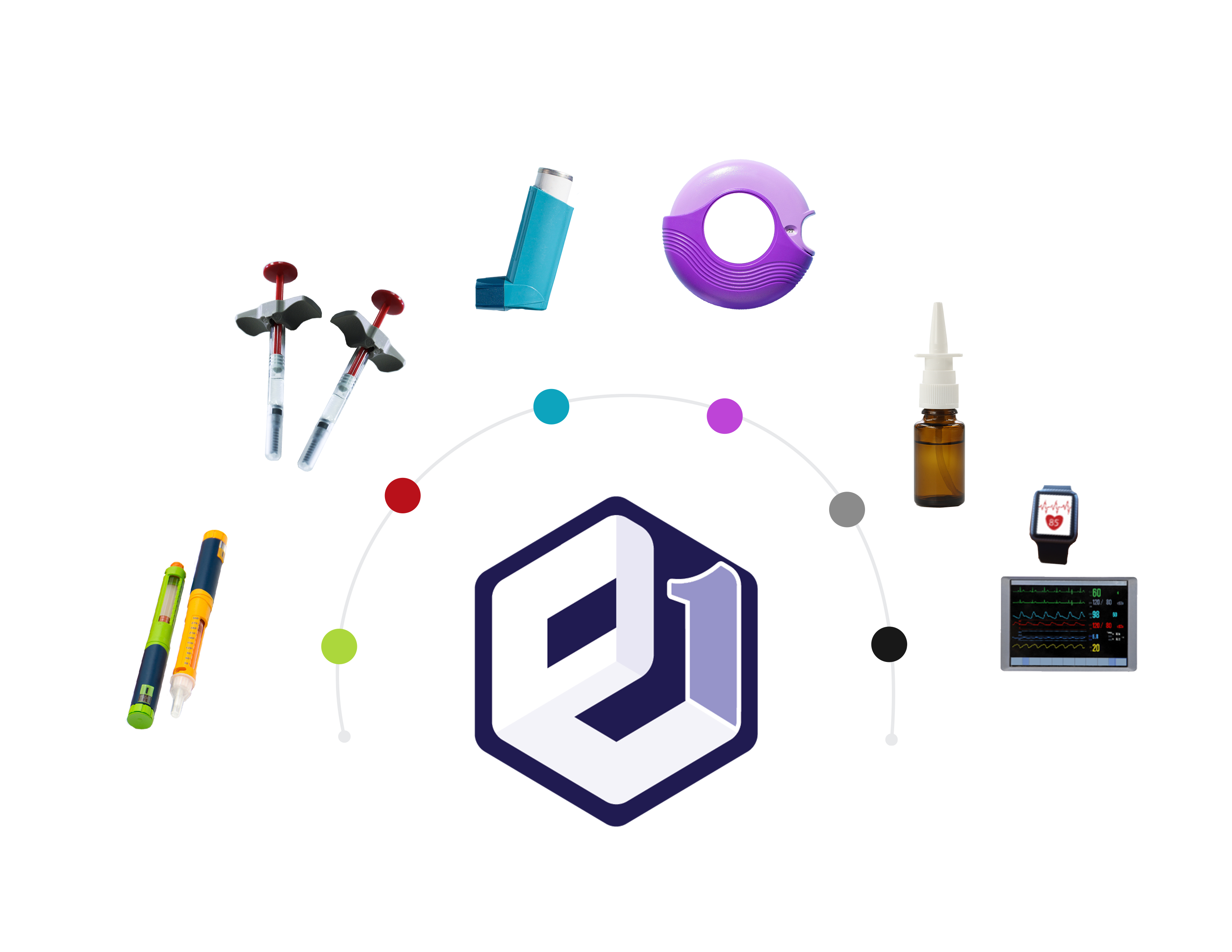
Phase-Appropriate Services for
Combination Products
Regardless of the “device” configuration (pre-filled syringe, pen/auto injector, inhaler, custom or complex device system), EdgeOne Medical’s services are risk adjusted to align with the stage of your drug, biologic or gene/cell therapy development program. Click on the drug development phases below to learn more about key device activities applicable to each phase.
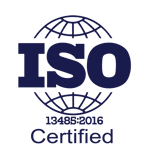
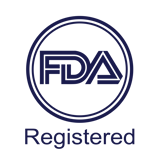
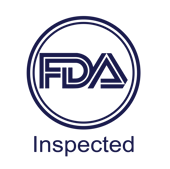
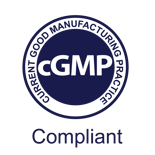
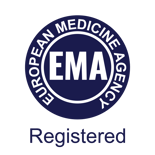
.png?width=1080&height=1080&name=Cream%20Photo%20Collage%20Carousel%20Instagram%20Post%20(15).png)
The EdgeOne Advantage
We’ve supported many emerging pharma clients that have achieved successful submission reviews and acquisition by large pharma companies.
We will partner with you as your device team, taking full responsibility for device development activities on your program. The result is robust, high-quality data and documentation that ensure a seamless handoff to large pharma device teams.
Get to Know UsCommon Questions About Medical Product Development
We understand that emerging pharma companies often have questions about the device regulatory process and how it impacts their drug development program. Here are some of the most common questions we regularly receive and how we can help.
-
Yes, even when using a common configuration such as a pre-filled syringe (PFS) that is generally accepted in the marketplace, the FDA requires documentation and testing to ensure the selected device (PFS) is appropriate for the specific drug/biologic under development. This compliance is detailed in FDA Guidance on Combination Products and requires the device constituent of combination product to comply with the Code of Federal Regulations (CFR) Title 21, Chapter 4 (21 CFR 4).
-
Yes. While the autoinjector manufacturer has developed platform documentation for their device, the FDA requires documentation and testing to ensure the selected autoinjector is appropriate for the specific drug/biologic under development. This compliance is detailed in FDA Guidance on Combination Products and requires the device constituent of combination product to comply with the Code of Federal Regulations (CFR) Title 21, Chapter 4 (21 CFR 4).
-
Yes, however, this will require discussion with regulatory and clinical team members with a potential bridging study. This type of study is often necessary when there is a change in the delivery method of a drug or biologic product but no change in the drug’s active ingredient. The FDA guidance document “Bridging for Drug-Device and Biologic-Device Combination Products” clarifies how to bridge this type of information and describes how to identify and address information gaps.